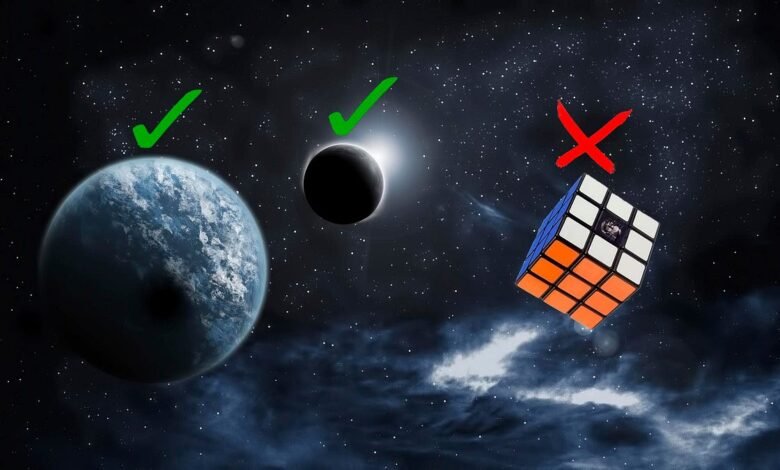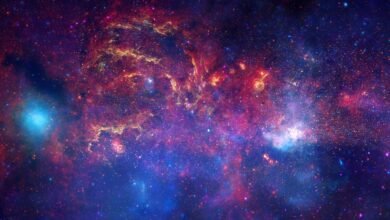Is “round” the only allowable shape for planets? | by Ethan Siegel | Starts With A Bang! | Nov, 2024

All the stars, stellar corpses, planets, and other large, massive objects take on spherical or spheroidal shapes. Why is that universal?
It’s hard to believe, but it’s already been more than 2000 years since humanity first not only discovered that planet Earth is round in shape, but was able to measure its size as well. Not only are the Moon and Sun are similarly round, but every planet is as well. Even many of the non-planets in our Solar System get in on this “round” action, too. Around the giant planets, Jupiter’s four largest moons, four of Saturn’s five largest moons, all five of Uranus’s largest moons and Neptune’s largest moon as well are all round. So are dwarf planets Ceres, Eris, Pluto, plus numerous other Kuiper belt and Oort cloud objects. There are some far-flung objects as little as ~200 km in radius that are round, while Neptune’s Proteus and Saturn’s Iapetus, both significantly larger, are not.
Why are so many of these large, massive objects round in nature? Why, above a certain size, do all objects become round? Is it impossible for other shapes to exist for the largest objects of all? It’s kind of strange when you think about it: every planet we’ve measured is round, and the same seems to hold for exoplanets as well, at least…
Source link





